|
Most of us will include tiles in several rooms in our homes. Tiles in the kitchen and bathrooms are most common, but new homes today might have tiles as the main flooring in the living rooms, on fireplace surrounds, as feature walls and as outdoor flooring. As a material that will be used repeatedly in our homes, and as a material that can be potentially pretty expensive, the last thing we want to do is invest in tile that’s no longer in style. As with everything, going for classic favorites that have stood the test of time is always a safe bet, but choosing materials that are classic, interesting and current, all at the same time, makes the most sense for the longevity of your design and for the resale of your house. So, let’s talk about 13 current tile trends 1. Subway tile, with a twist. Subway tile has been around for decades and it will undoubtedly be around for decades more. Standard 3x6 inch white ceramic subway tile with white grout is classic, but frankly, a little bit boring. Trending now is subway tile in sizes that are larger and smaller than the standard 3x6 inch tile. Long, narrow subway tiles or mini subway tiles are fresh alternatives to ordinary subway tile. And instead of installing them in the usual horizon way, subway tiles are being applied vertically or in a herringbone pattern, which is an unexpected twist that adds impact and interest. There is still a place for ceramic subway tiles, but going into 2019, we’re seeing lots of subway tile in glass, marble and other natural stones. Even if homeowners and designers are choosing classic white ceramic subway tiles, they’re pairing those white tiles with bold, darker, contrasting grout colors, like medium gray, charcoal gray or black. People are also selecting subway tiles that have some dimension, which is an unexpected variation of the typical flat subway tile. 2. Neutrals and muted colors. It’s not that there is no room for brightly colored tiles in today's new homes, but the vast majority of spaces will have tiles in neutral grays, tans, taupes, white, cream, and black. Gone are the days when bright, multicolored 1x1 inch glass mosaic tiles were on every kitchen backsplash and in every bathroom. Remember those bright glass mosaics? They’re fun, but also very 2002. Colors in today's tiles are more sophisticated and muted, colors like rust instead of bright orange, midnight blue instead of electric blue, and deep emerald green instead of bright kelly green. If you love those very bright 1x1 glass tiles, you might want to limit them to fun playful areas like the swimming pool or as an accent strip in child’s bathroom. Speaking of glass tiles... 3. Glass tiles, but not the glass tiles from the early 2000s. Glass tiles can still be seen in new homes, but they are not usually the 1x1 inch glass tiles from 2 decades ago that we just mentioned. Looking forward, we’ll be seeing larger glass tiles, shaped like subway tiles, or smaller, more narrow rectangles, hexagons and other shapes. Glass tiles in neutrals and muted colors, mixed with natural stone or metallic tiles are especially on trend. They look great on both kitchen and bathroom walls. 4. Subtle patterns and textures. Going into 2019, many ceramic and porcelain tiles are demonstrating subtle, tone on tone textures and patterns such as a linen texture (which resembles linen fabric), slightly raised serpentine patterns, tone on tone linear patterns and distressed surfaces. 5. Extending tile from inside to outdoors. As indoor/outdoor spaces become more and more popular, designers and homeowners are choosing to extend indoor tile to adjacent outdoor areas. That way, when patio doors are open, there is a seamless extension of the indoor space to the outside. Wood-look or stone-look porcelain tiles will often be used in applications like this. Just be sure that any tiles and grout used on outdoor patios and balconies are made for outdoor use (it's ok to use outdoor tiles inside, but not vice versa). About wood-look tiles... they're still going strong. In shades from deep espresso to medium brown to light beachy tan, to taupe and distressed white. There are even some wood tiles in deeper shades of blue. Wood-look tiles are also being used for floors and accent walls. To learn more about wood look tile, take a listen/look at episode 66. 6. Geometric shapes. While the vast majority of tiles are rectangular and square in shape, tiles in other geometric shapes are being seen in today’s new homes. Tiles are being cut into shapes like hexagons, diamonds, v-shaped chevron and arabesque (which is like a combination of a circle and a diamond). These specialty shapes can be used anywhere, and depending on the colors and materials used for the tiles, these shapes can work in vintage and traditional spaces, contemporary spaces and everything in between. 7. Bold Patterns. I know I just told you that tiles with subtle patterns are on trend, but so are bold patterns. Graphic patterns that were originally seen in encaustic and cement tiles are being reproduced in more practical and economical ceramic and porcelain tiles. Traditional encaustic tiles have patterns made into the body of the tile using different colors of clay. New patterned porcelain and ceramic tiles usually have 2 or 3 colors, but we sometimes see as many as 6 colors. Other patterns such as florals are also on the market. I love these bold tiles in smaller, less formal spaces like power rooms, mudrooms and laundry rooms. Bold patterned tiles can be used on floors or on walls, as an alternative to wallpaper. 8. Waterjet Mosaics. Waterjet mosaics are fancy tiles that come in intricate, curvy and sharply detailed patterns. A computerized water jet machine cuts these intricate shapes from a wide variety of materials, including natural stone, porcelain and glass. Waterjet mosaics are often more expensive than other tiles and are typically used in smaller spaces or as accent tiles. 9. Matte finishes. We’ve been seeing matte finishes on many surfaces in houses for several years now— from matte countertops, to matte wood floors, to matte cabinetry and hardware. Tiles are following that matte trend. A bonus to choosing matte tile is that it is generally more slip resistant and stain resistant than glossy tile. Matte tiles, many sites say, don’t show watermarks as readily as glossy tiles. But keep in mind that the tile color you choose has a lot to do with how stain resistant any tile will be. Dark tiles tend to show dried water marks, soap scum, lint and dust more than lighter tiles. Before you purchase either matte or glossy tiles, take a sample home and test it. Run samples under water and let them dry to see how prominent or faint water marks are. Then, take a bar soap and scribble on each tile to see which tile hides the soap marks best. Finally, spray bathroom cleaner on each sample and see which comes clean with the least amount of work/effort and which leaves the fewest visible streaks. 10. Large format tiles. Just 15 years ago, it was unusual to find tiles that were larger than 12 inches. Today, the technical definition of a large format tile is any tile with one side that’s 15 inches or larger. Large tiles usually come in square and rectangular shapes and are made of ceramic, porcelain and natural stone options. They can be used on walls and floors and have great visual impact because there are fewer visible grout seams than with smaller tiles. This makes spaces feel larger. Fewer grout lines also makes large format tile easier to keep clean. Using large format tiles horizontally will create the illusion of a wider space, and to make your walls feel taller, apply large format tiles vertically. 12″ x 24″ tile is a very popular size, but, as you probably know, tiles come much larger. Because large format tiles have such broad, uninterrupted surfaces, they are great mimics of other materials such as concrete and natural stone. Although large format tiles can be used on floors, they are usually not the best choice for shower floors. Mosaics and small tiles work best for shower floors. That’s because smaller tiles allow the installer to properly slope the shower floor toward the drain. You need tiles that are small enough to angle and create a small decline. It’s difficult to apply large format tiles to a sloped floor. 11. Metallic tiles Metallic tiles in silvery steel colors, copper, bronze, gold and even metallic black are now on trend. These tiles might look great on a contemporary fireplace surround and on a feature wall in a room that you want to give a contemporary, edgy or masculine vibe. 12. Same material, different tiles. One of the biggest trends is using multiple tiles in different shapes, sizes and patterns, but all made of the same material. This is especially popular in bathrooms. Many homeowners and designers are using the same white marble tile throughout the bathroom, but mixing up the shapes on the floors, walls and shower area. For example you can use large format rectangular marble tiles on the shower walls, with tiles made of the same marble cut into small hexagons on the floor and a third mosaic tile of the same marble added as a tile rug, or on an accent wall. Using all one tile material gives bathrooms a sophisticated, consistent look, and the different tile shapes and sizes makes the space pop. 13. 3 dimensional tiles. Traditionally, tiles have been 2D, meaning they can be measured in 2 dimensions— length and width. Raised tiles with 3 dimensions have been seen in the last several years and are still trending. Sometimes they have simple shapes like subway tiles, but many raised 3 dimensional tiles come in irregular shapes like waves and varied angles. So those are 13 tile trends that you can consider for your new home. It’s not about doing what everyone else does or what everyone thinks is "right." You should choose materials that you think are beautiful. But it doesn’t hurt to know what’s trending. Many of those trends will appeal to a number of different tastes and you might find a few that you love. If you’ve just stumbled upon this podcast/blog, you might want to go ahead and subscribe to it so new episodes will automatically be sent to you. That way you won’t have to try to remember the name of the show/site or our release day. To subscribe to the podcast on iTunes/Apple Podcasts or your favorite podcast app, search BYHYU, select the show and hit the subscribe button. If you have an iPhone, you can also say to Siri “Subscribe me to the Build Your House Yourself University Podcast” and she will. You can also subscribe to the blog, where you'll get both the podcast and the post will be delivered to your inbox. Head back up to the top of the post for that option. Thanks for stopping by. I appreciate you.
0 Comments
Your comment will be posted after it is approved.
Leave a Reply. |
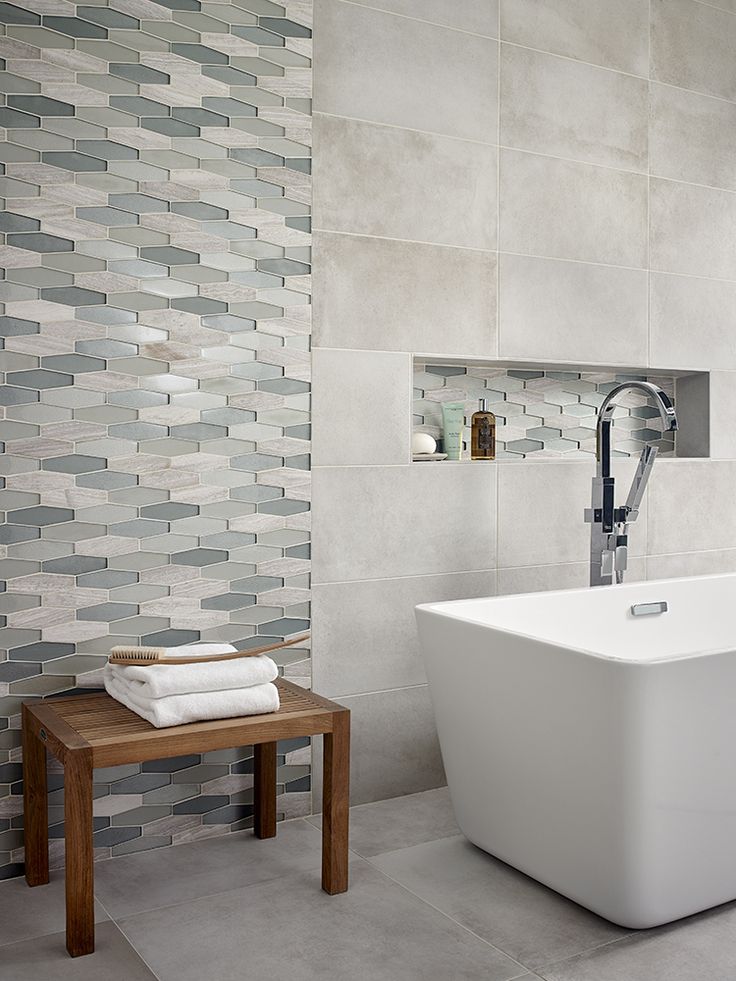

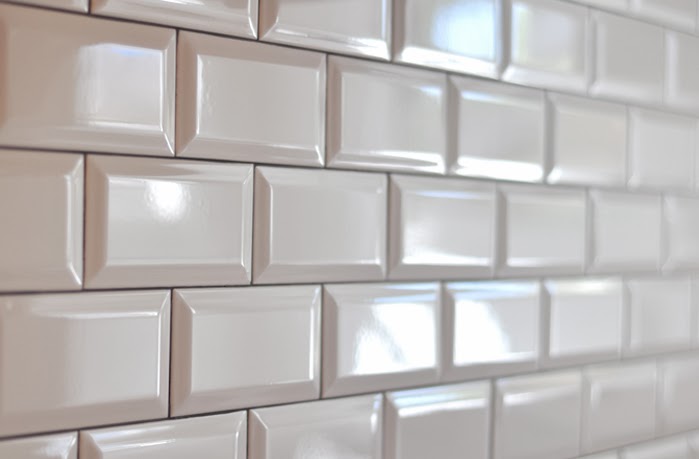
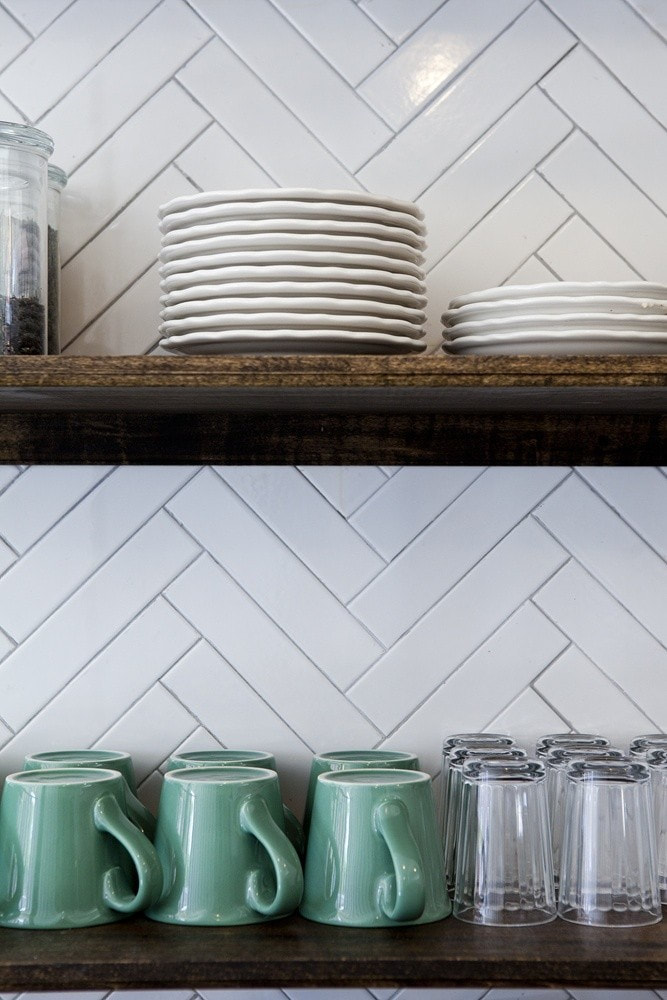

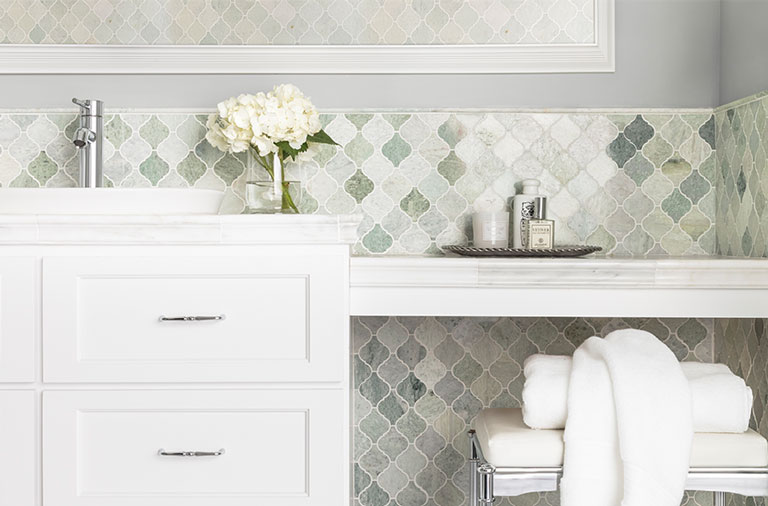
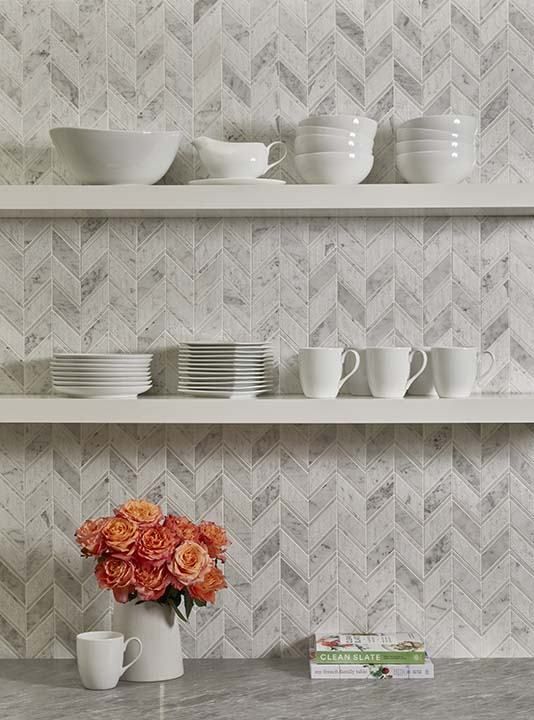
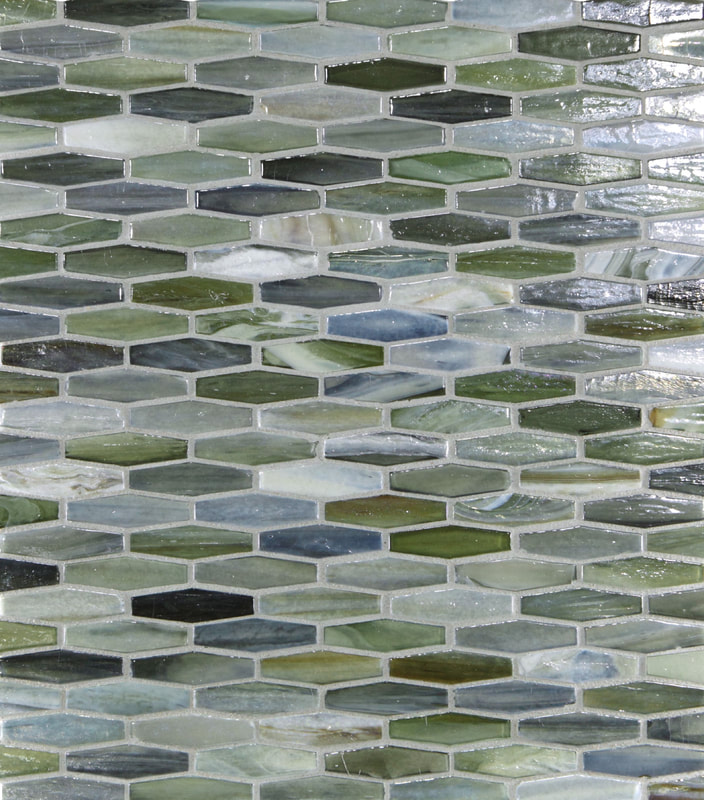
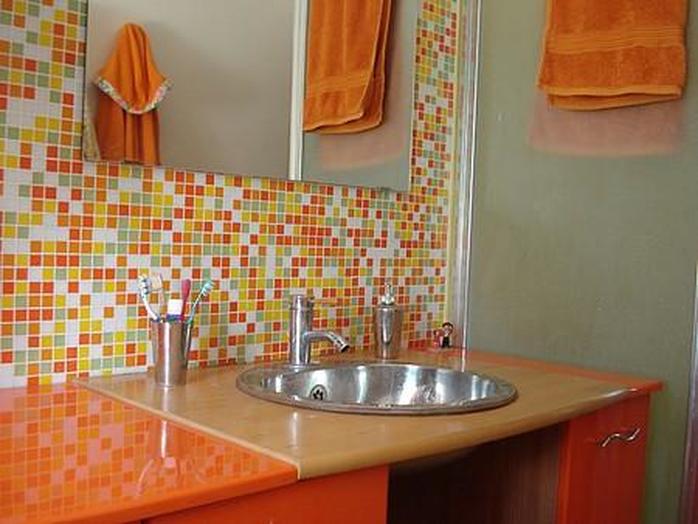
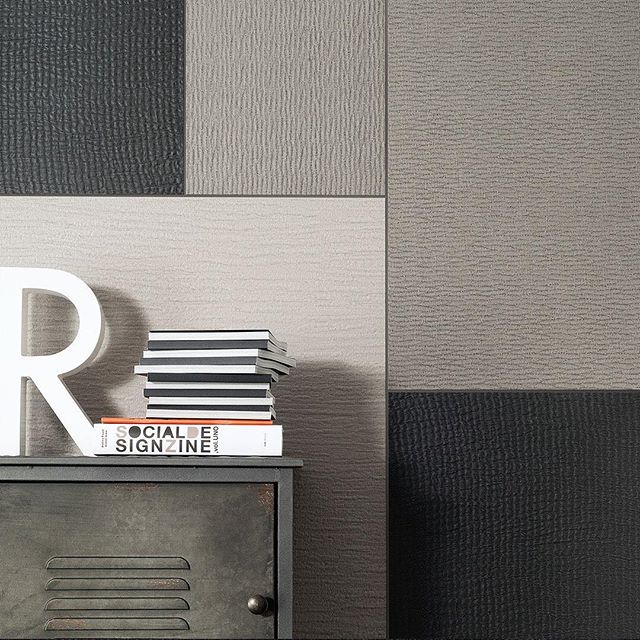
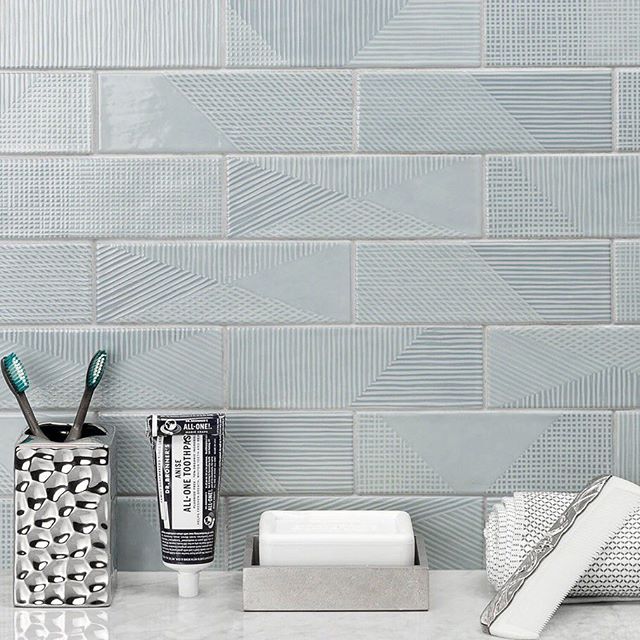
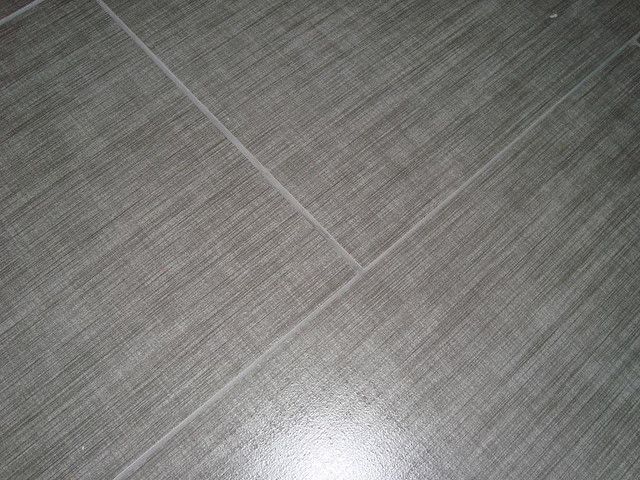
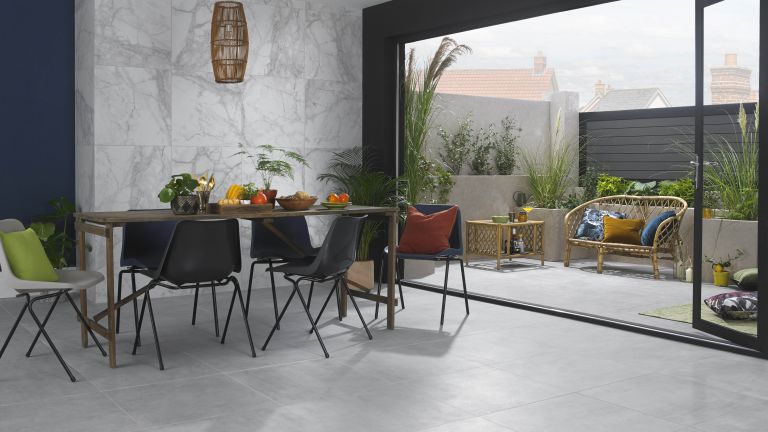
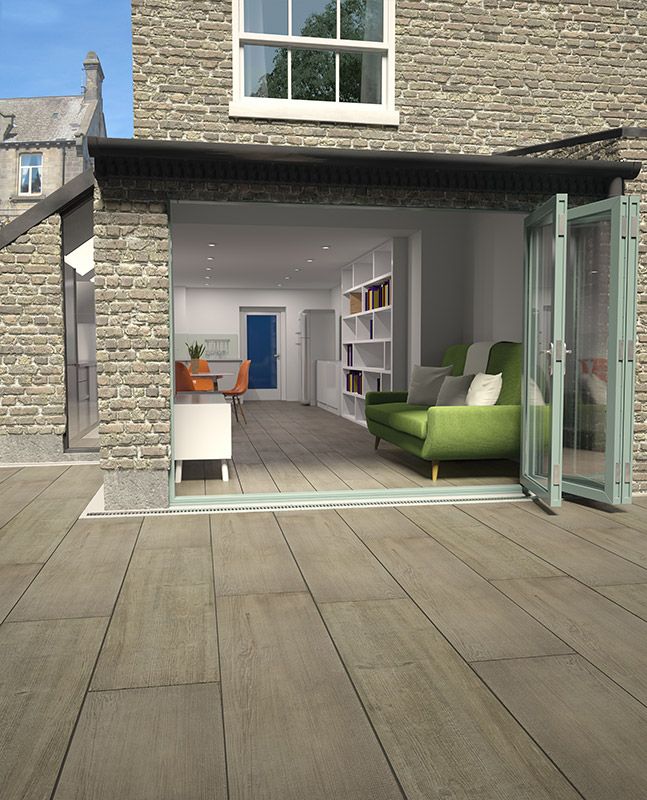
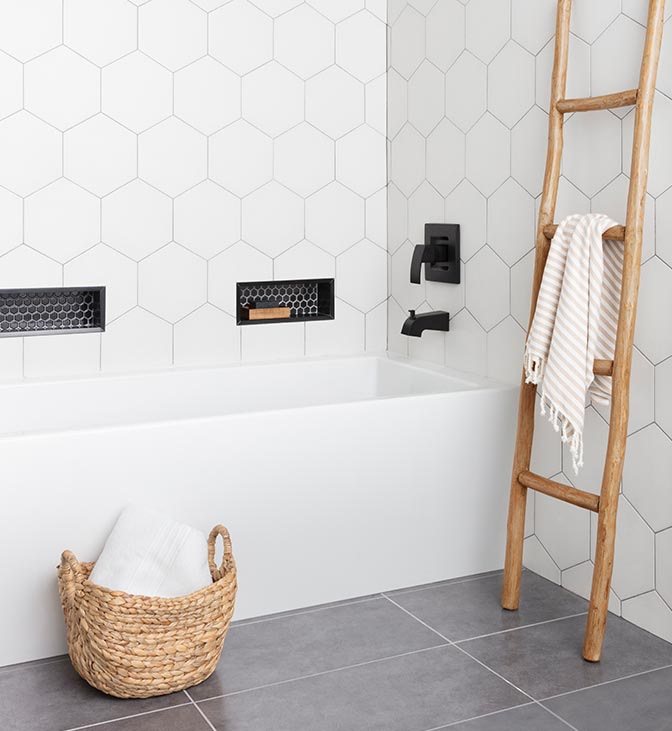
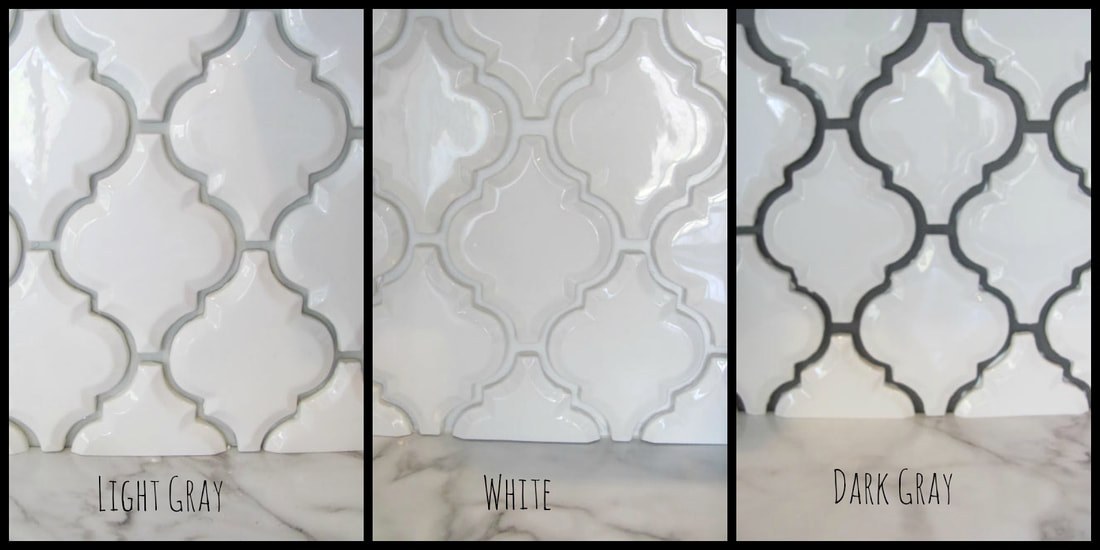
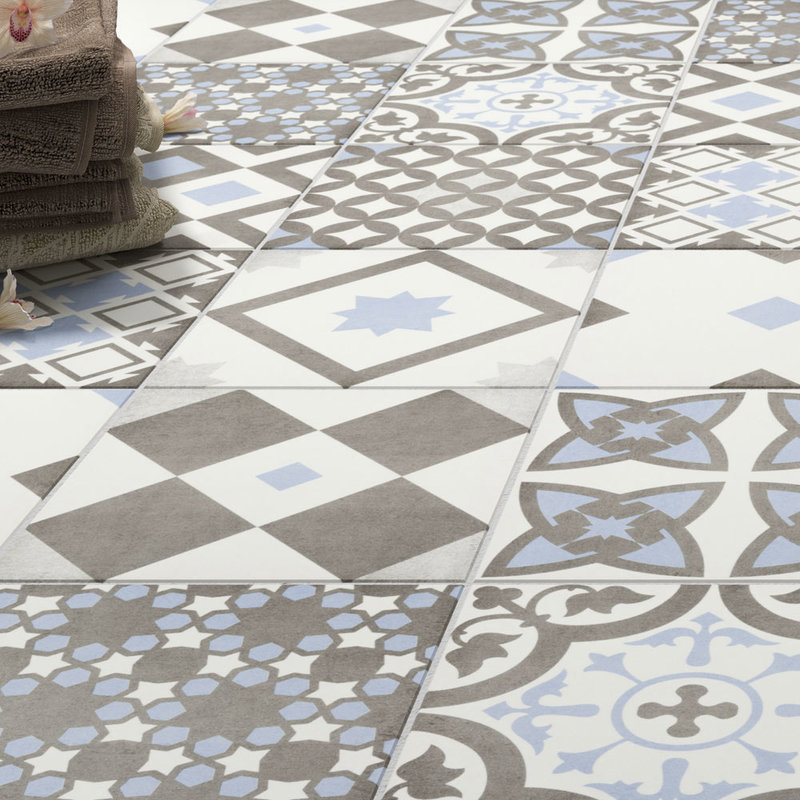
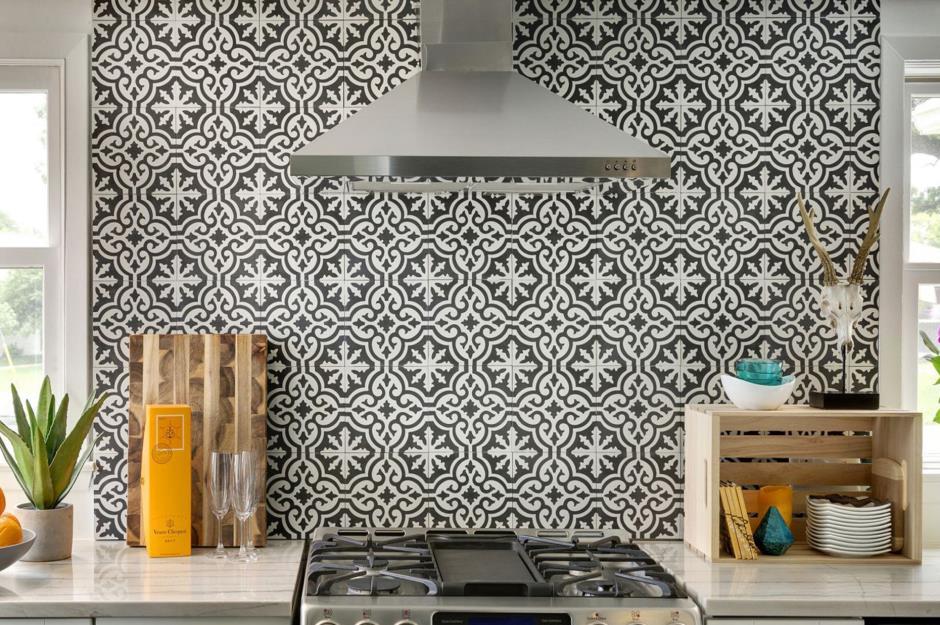
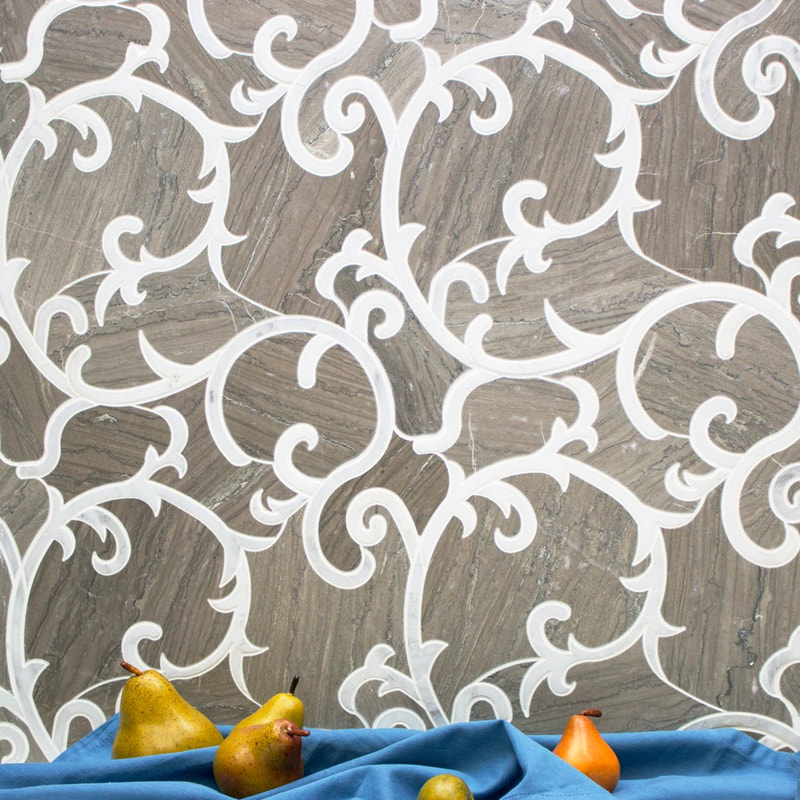
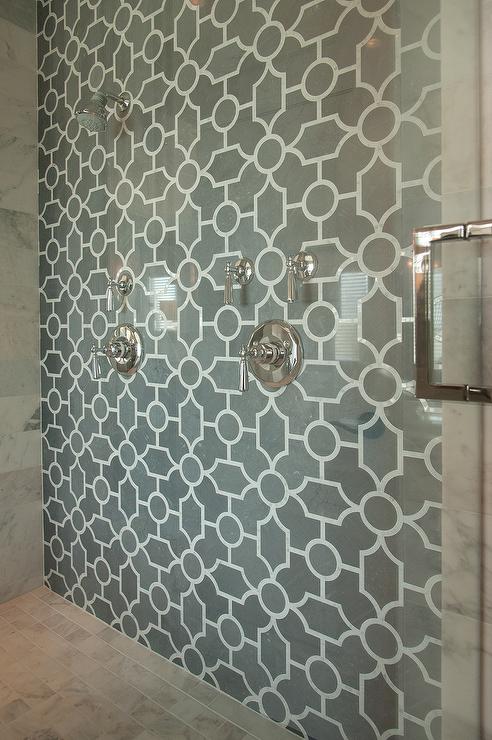
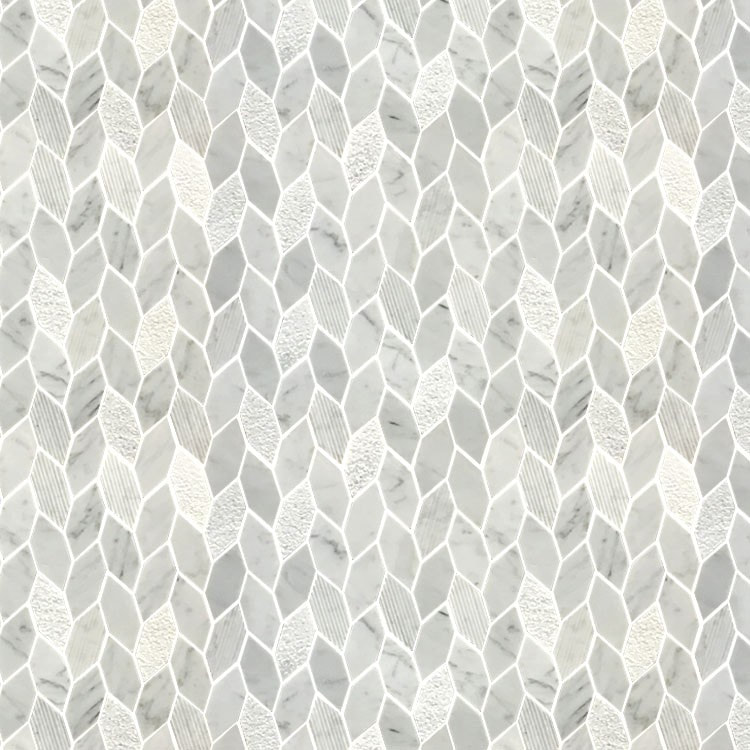
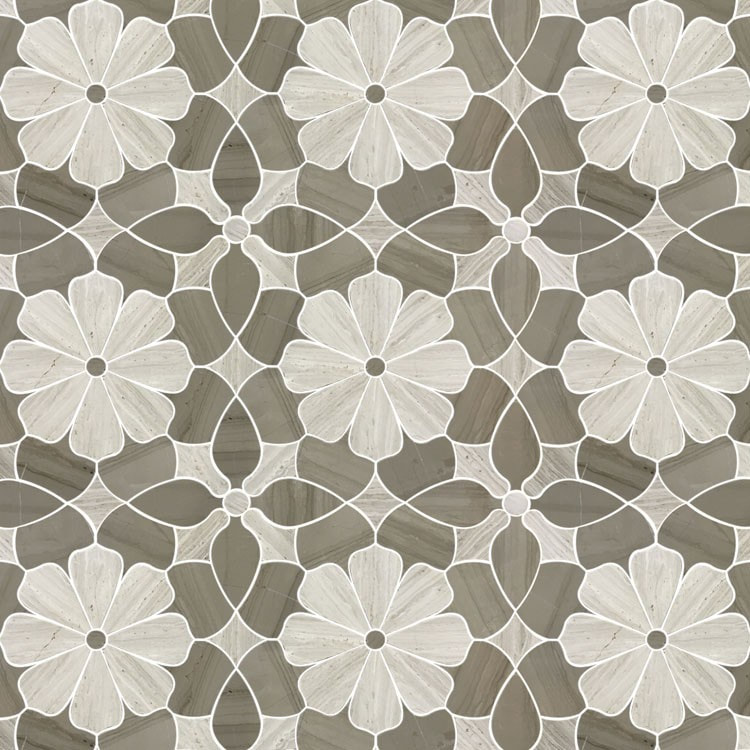
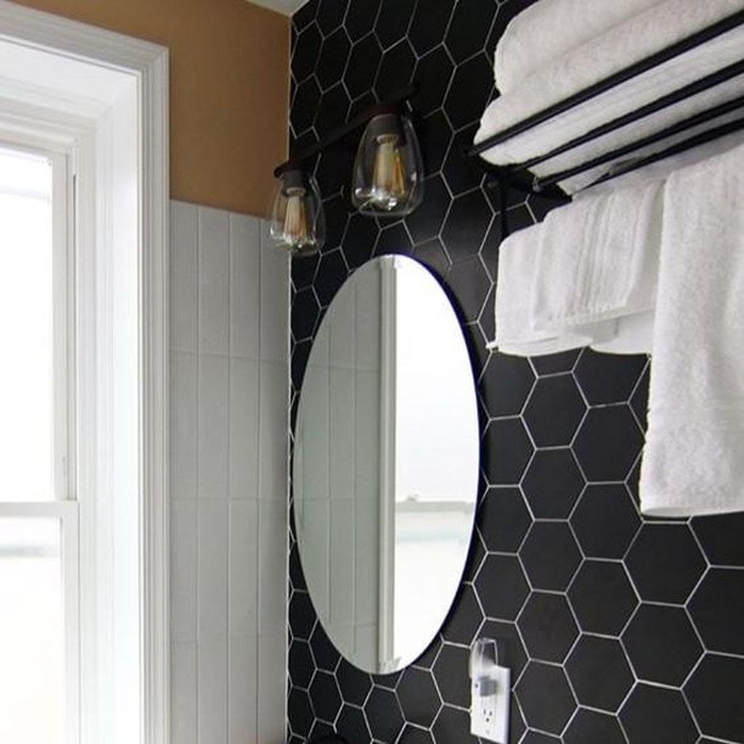
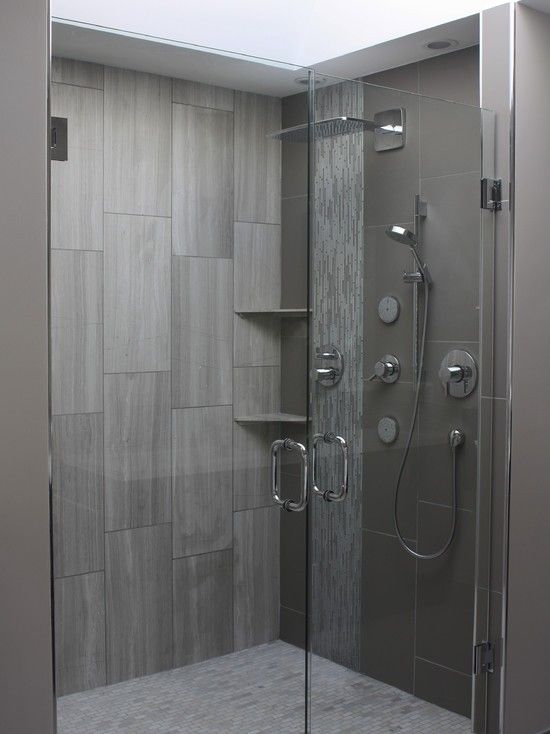
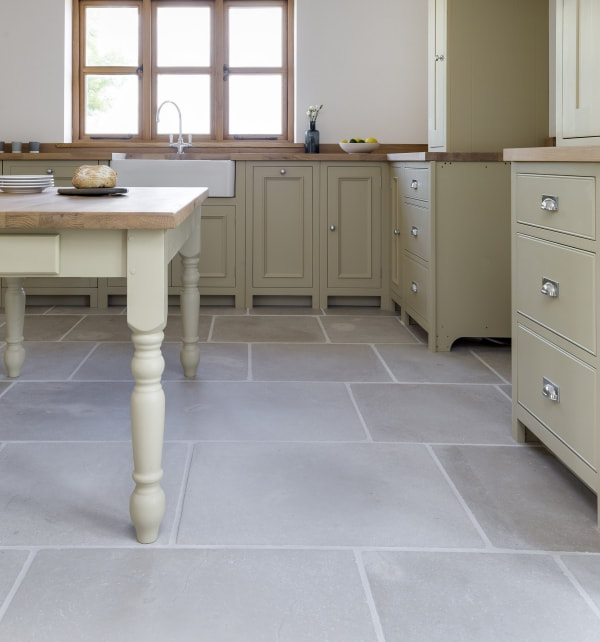
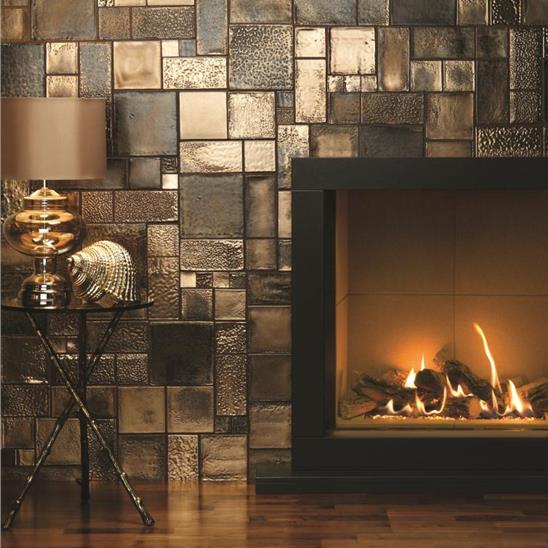
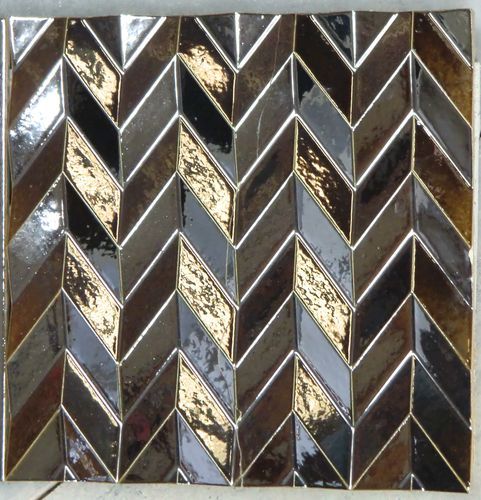
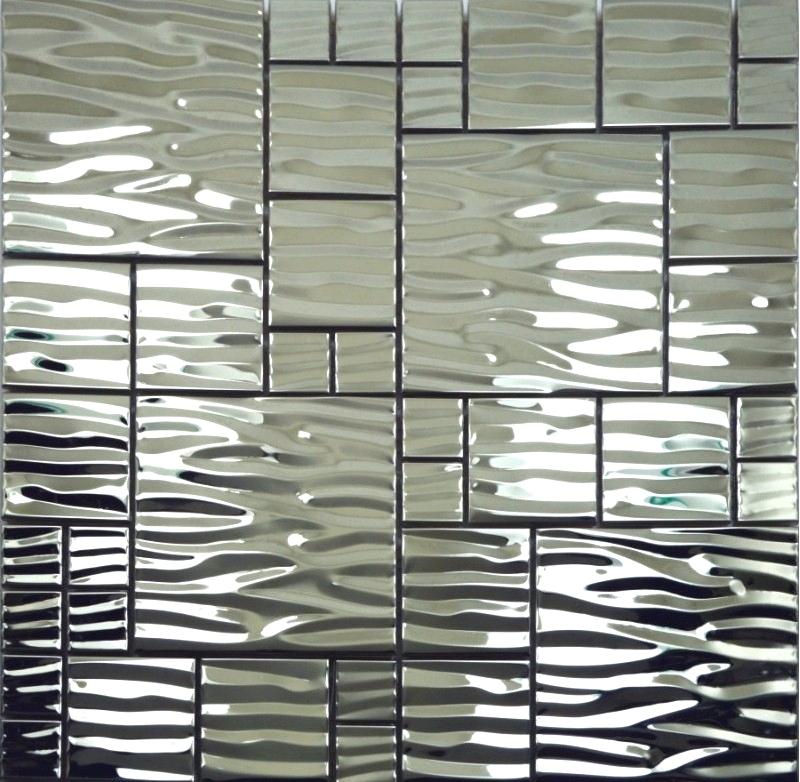
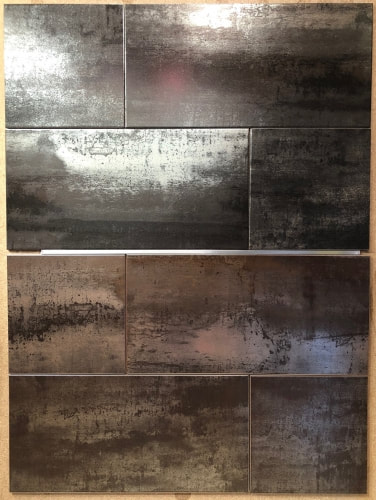
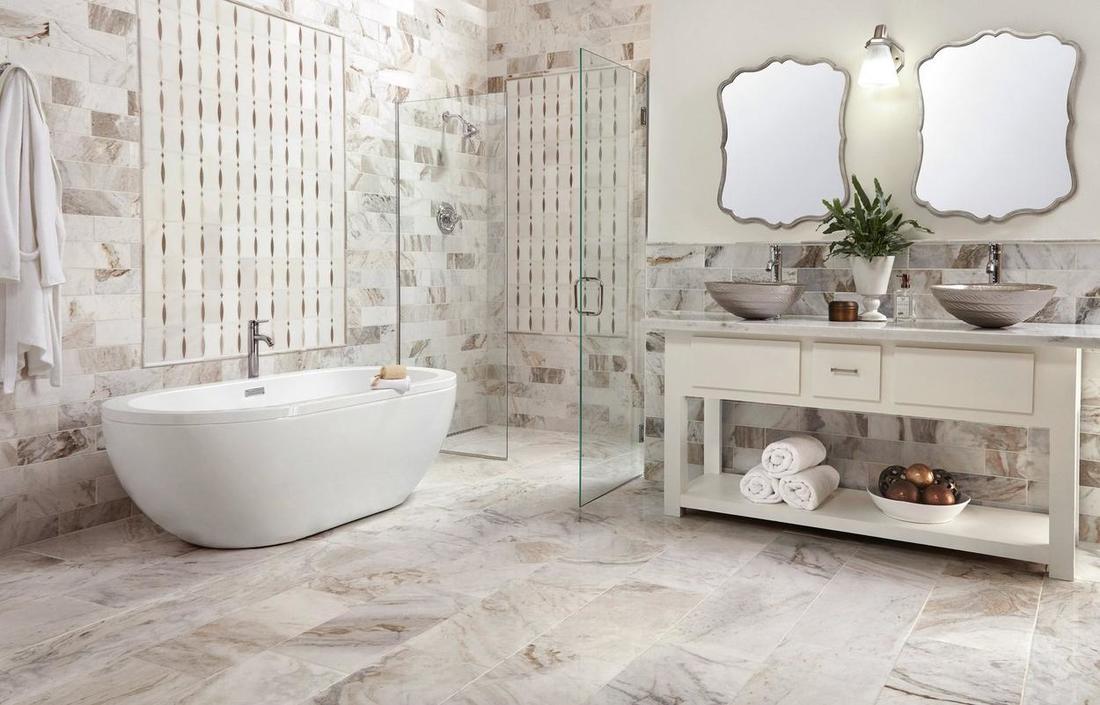
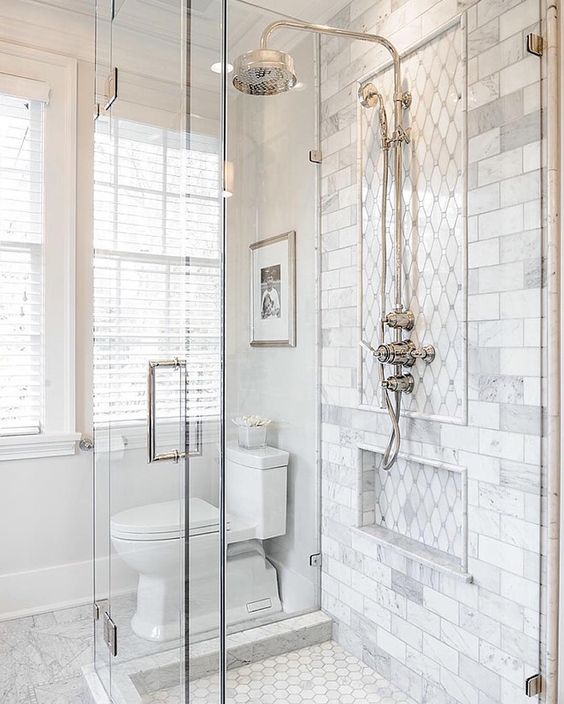
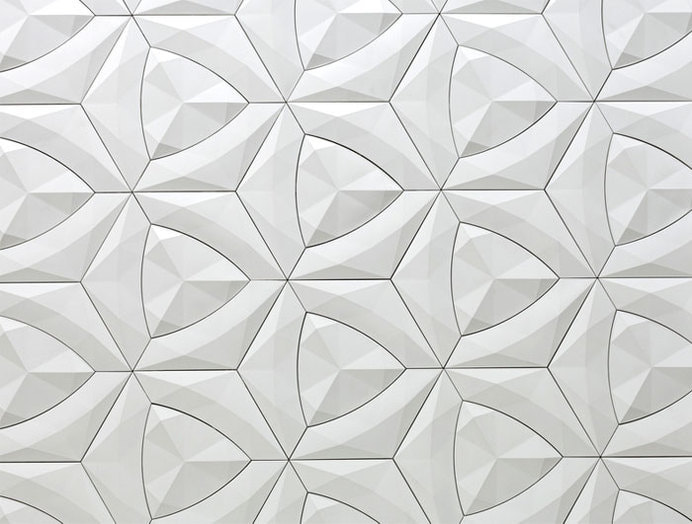
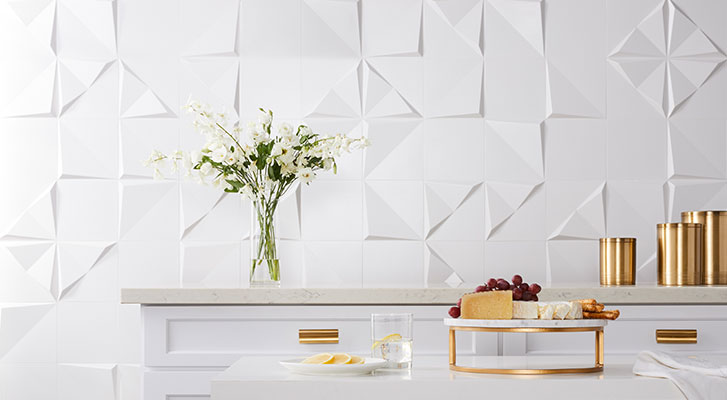
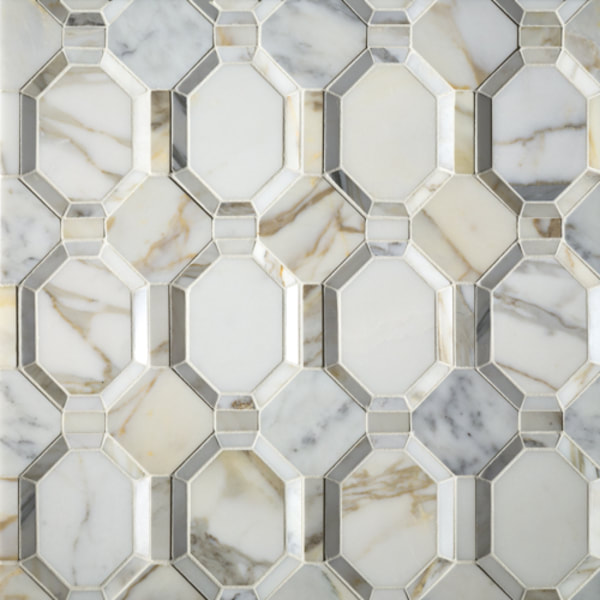
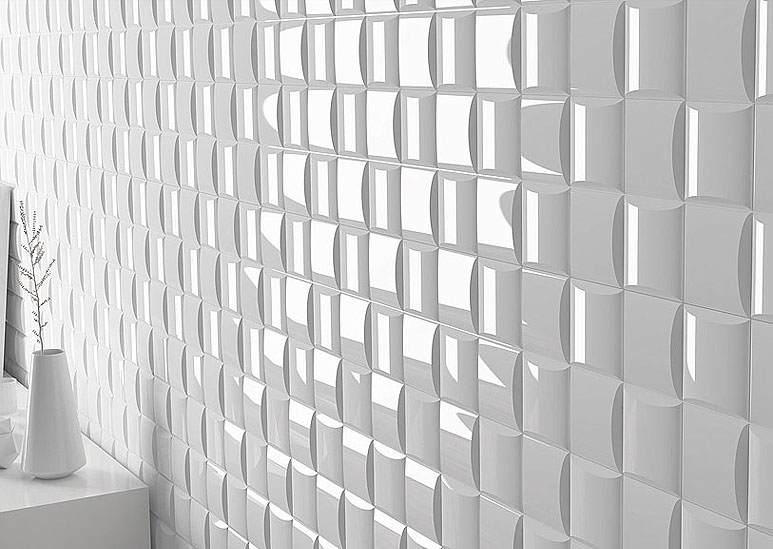
 RSS Feed
RSS Feed